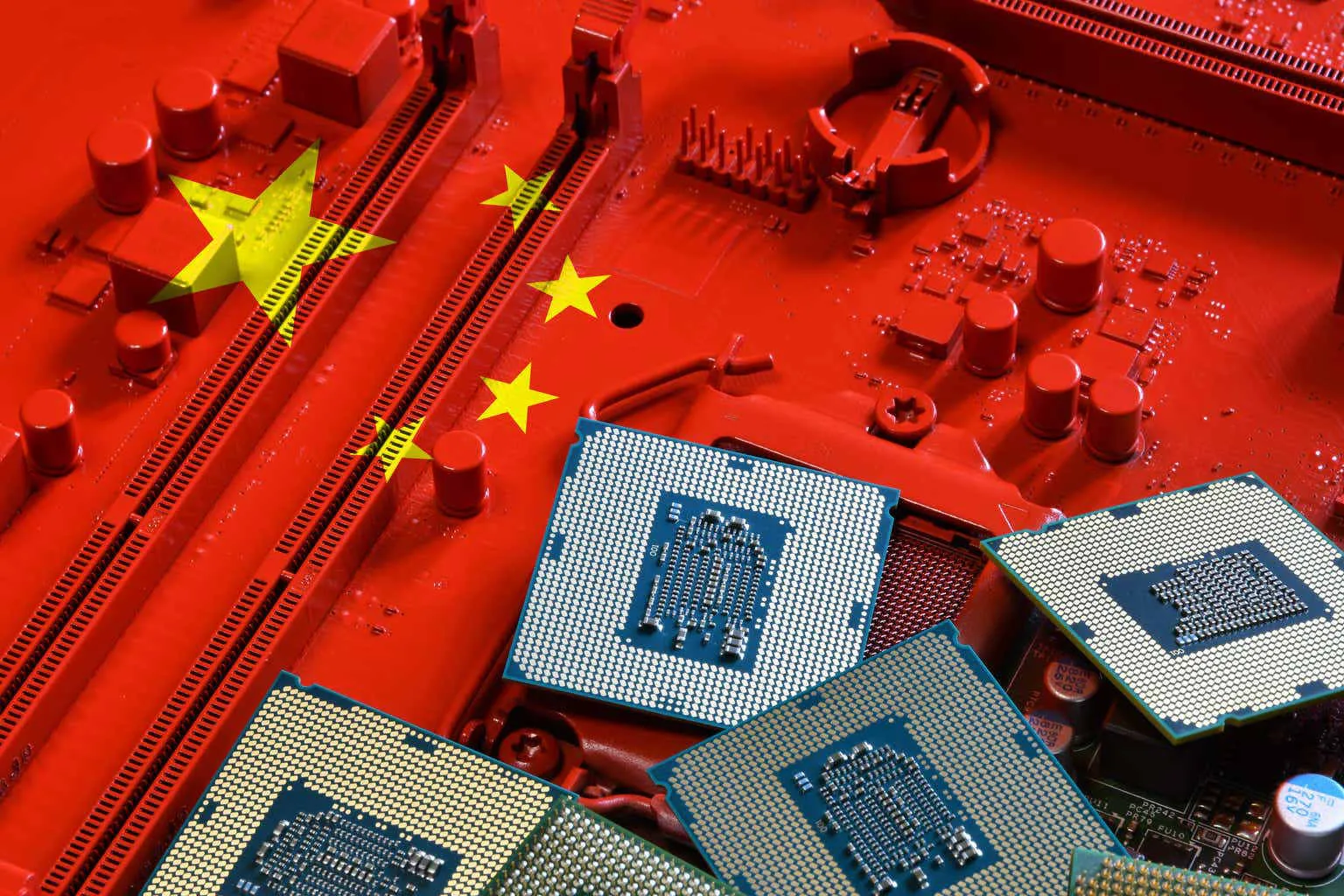China’s Semiconductor Strategy: Driving Self-Sufficiency And Global Competitiveness
China’s semiconductor industry has emerged as a strategic priority, reflecting the country’s ambition to achieve technological self-sufficiency and reduce reliance on foreign suppliers. Semiconductors are the backbone of modern technology, powering everything from smartphones and computers to AI systems, autonomous vehicles, and industrial automation. As global demand for chips intensifies, China is implementing a multifaceted strategy to enhance domestic production, expand research capabilities, and secure a leadership position in the semiconductor supply chain. This blog examines the current landscape, policy initiatives, corporate investments, and challenges facing China’s semiconductor ecosystem.
Strategic Policy Initiatives
China’s government has recognized semiconductors as a national strategic asset, integrating industry support into policies such as the 14th Five-Year Plan and the “Made in China 2025” initiative. These frameworks focus on increasing domestic production capacity, encouraging technological innovation, and attracting foreign investment for collaborative research. Central and provincial governments provide subsidies, tax incentives, and grants to semiconductor manufacturers, foundries, and R&D centers. Additionally, special economic zones and industrial parks have been established to foster innovation clusters, combining fabrication facilities with research institutions to accelerate technology transfer.
The government’s strategy also emphasizes talent cultivation and workforce development. Scholarships, research grants, and international collaborations aim to nurture engineers, materials scientists, and semiconductor process experts. Policy guidance ensures alignment between academic research and industry needs, creating a pipeline of skilled professionals to support long-term competitiveness. National-level programs incentivize innovation in advanced nodes, packaging technologies, and equipment development, supporting China’s overarching goal of self-reliance.
Corporate Investments and Ecosystem Development
Leading Chinese technology companies, including SMIC, Huawei, and Tsinghua Unigroup, are investing heavily in semiconductor R&D and manufacturing. SMIC has expanded its production capacity with advanced 14nm and 28nm nodes, targeting both domestic consumption and export markets. Huawei continues to develop proprietary AI and communications chips, combining in-house design expertise with strategic partnerships to mitigate supply chain risks. These corporate investments are complemented by venture capital funding for startups developing specialized materials, chip design software, and packaging solutions, enhancing the overall ecosystem.
Foreign collaborations also play a critical role. Joint ventures with global semiconductor equipment suppliers enable technology transfer and the development of domestic production capabilities. Cross-border R&D partnerships with universities and research institutions facilitate knowledge sharing in areas such as lithography, process optimization, and AI-integrated chip design. By combining government support, corporate investment, and international collaboration, China is building a vertically integrated semiconductor ecosystem capable of addressing both civilian and strategic applications.
Advancements in Technology and Innovation
China’s semiconductor industry is achieving significant technological progress in advanced node fabrication, heterogeneous integration, and chip packaging. Domestic foundries have developed competitive 28nm and 14nm production lines, while research centers focus on 7nm and below for AI accelerators and high-performance computing applications. Innovations in system-on-chip (SoC) architectures, AI inference chips, and energy-efficient designs demonstrate a growing capacity for end-to-end chip development. China is also prioritizing equipment manufacturing, including photolithography, deposition, and etching tools, to reduce dependency on imported machinery.
The focus on innovation extends beyond hardware. Advanced semiconductor design software, testing methodologies, and IP development are critical components of self-sufficiency. AI-driven optimization tools accelerate circuit design, yield prediction, and performance tuning. By integrating hardware, software, and process innovation, China is enhancing the reliability, efficiency, and competitiveness of its domestic semiconductor products.
Challenges and Global Context
Despite progress, China faces substantial challenges. Access to cutting-edge lithography equipment remains constrained due to export controls from international suppliers. High capital expenditure, complex supply chain management, and skilled talent shortages create additional barriers. Global semiconductor supply chain volatility underscores the need for risk mitigation strategies, including stockpiling, localization, and strategic partnerships. Intellectual property and technological know-how gaps in ultra-advanced nodes also require sustained investment in R&D.
On the global stage, China’s semiconductor ambitions interact with geopolitical and trade dynamics. Export controls, trade restrictions, and competitive pressures influence investment decisions and technology access. Nevertheless, China continues to pursue partnerships, domestic innovation, and policy support to achieve incremental self-sufficiency while strengthening its global position in chip manufacturing.
Conclusion: Paving the Path Toward Self-Reliance
China’s semiconductor strategy represents a concerted effort to achieve technological independence and global competitiveness. Through strategic policy frameworks, corporate investment, talent development, and innovation in manufacturing and design, the country is gradually building a resilient semiconductor ecosystem. While challenges in advanced fabrication, international supply chains, and talent shortages persist, China’s integrated approach demonstrates a clear commitment to long-term self-reliance. As domestic capabilities expand and innovations mature, the Chinese semiconductor industry is poised to become a key driver of technological growth, economic development, and global competitiveness in the coming decade.







